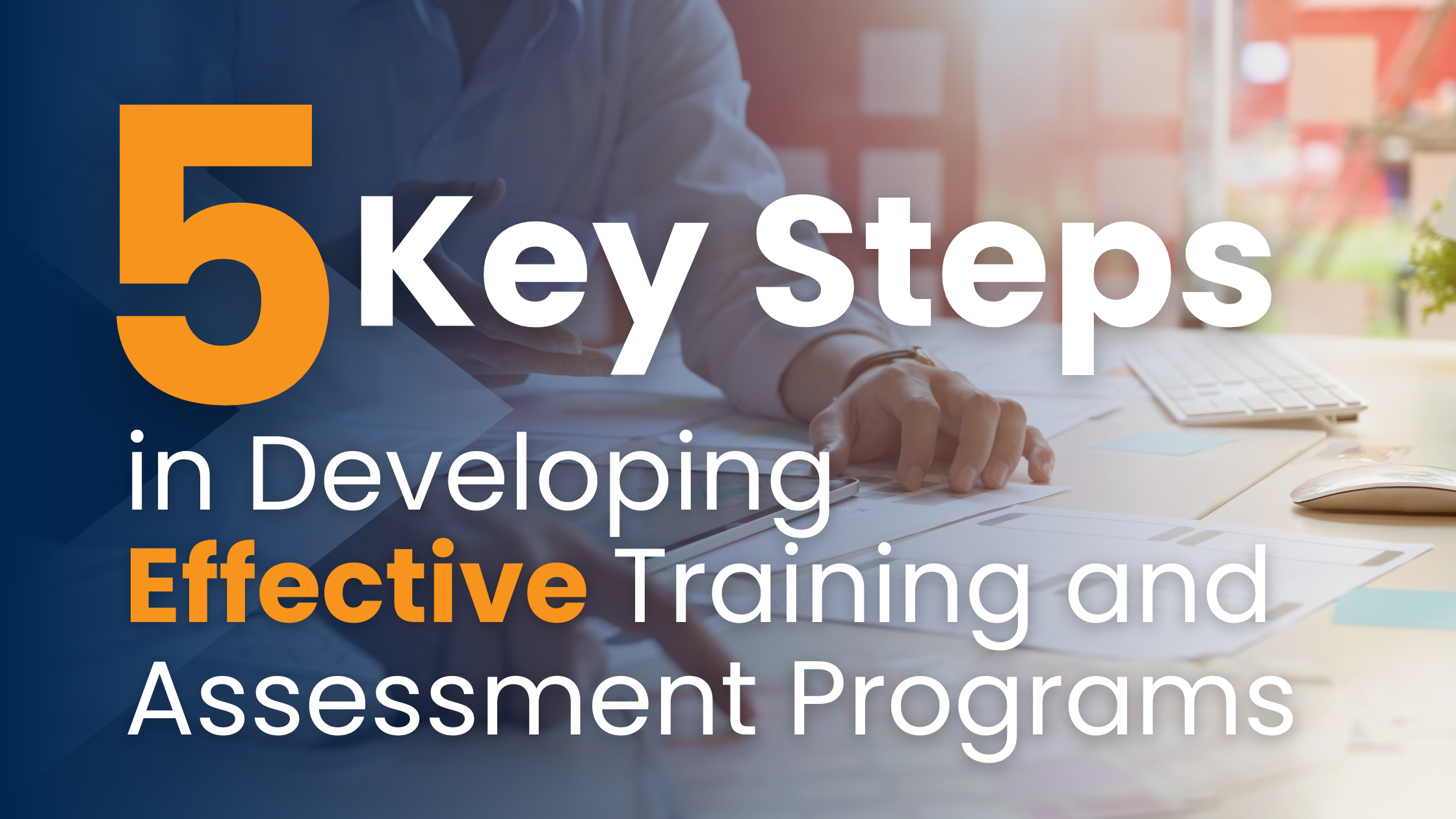Informal learning has emerged as an important element in employee development, and collaborative tools and technology help facilitate this process.
Forward-thinking companies realize that while corporate training continues to play an integral role in advancing today’s workforce, informal learning has emerged as an equally important, if not more critical, element. In today’s hyperintense workplace, companies are blending informal learning into their development methodologies, recognizing the value of better informed and better skilled employees who are supported at their point of need, and thus creating more competitive advantage throughout the business.
Organizations seeking to build their competitive advantage through workforce development must evolve their learning management strategies and systems to incorporate informal learning. Not only do today’s employees interact, learn and work in different ways, but most organizations also have an increasingly mobile and geographically dispersed workforce.
Traditional, or formal, learning often takes a top-down approach to educating employees, but informal learning is a more user-driven process that facilitates knowledge and idea sharing when and where it’s needed.
E-Learning: A Precursor
The evolution of technology has made it easier and more effective to adopt informal learning across an enterprise, and the emergence of e-learning has inspired many organizations to shift focus from more traditional classroom-based training.
At its core, e-learning is the computer- and network-enabled transfer of skills and knowledge. Information can be delivered via the Internet, intranets and extranets; satellite TV; and CD-ROMs and DVDs, either self-paced or instructor-led.
While e-learning has made it possible to extend consistent and reliable learning to an entire organization — offering anytime, anywhere access to training and development resources — it’s still seen as an extension of classroom-style, or formal, learning. That’s not to say it doesn’t have value. Formal learning, whether face-to-face or electronic, remains a popular way to train both new and experienced employees to ensure they have the skills, knowledge and competency required to perform their jobs and deliver business results.
Why Embrace Informal Learning?
In the context of corporate training and education, informal learning is used to describe the many forms of learning that take place independently from instructor-led programs, including books, self-study programs, performance support materials and systems, coaching, practice groups and expert communities.
Some of its chief characteristics are:
- It often takes place outside educational establishments, including corporate training departments.
- It doesn’t necessarily follow a specified curriculum; it often originates accidentally or sporadically, in association with certain occasions, from changing practical requirements.
- It is experienced directly in its natural function or course of everyday life or work.
By embracing informal learning — through adoption and encouragement of social media, networking and collaboration tools — organizations can achieve a number of direct benefits.
Increased innovation: Informal learning provides a platform where employees can find and interact with experts and share knowledge on key issues or topics. It’s not just socially driven; content can be created and delivered to serve any purpose, whether it’s employee onboarding, a new product launch or the creation of a project team. In such instances, the information can be managed by the end users themselves, making it more relevant and applicable to their jobs.
Improved productivity: Informal learning helps increase workforce efficiency and productivity because users are in greater control of the information. With the ability to quickly post questions, share documents, discuss best practices and connect with experts, users find themselves getting what they need when they need it at a much more rapid pace, enabling them to perform their jobs better.
Increased, more cost-effective knowledge transfer: In today’s “do more with less” environment, employees are asked to take on expanded or different roles, thus requiring additional learning and development. Informal learning can facilitate job transitioning and project collaboration in a much more rapid and purposeful manner.
Taking the Plunge
Informal learning is a way to improve organizational performance and demonstrate that investments in people, learning resources and information technology can have a direct positive impact on company results, including revenue, profitability, customer satisfaction and employee retention.
One way organizations can accomplish this is by creating, or co-opting, collaborative learning environments, where formal and informal learning are seamlessly tied together. It doesn’t take huge amounts of time, resources or money to get started. In fact, organizations might increase their success by integrating informal learning into their system one step at a time. While there will be challenges along the way — for example, getting agreement from IT, learning, HR and other stakeholders on how to capture and recognize these informal contributions — blending cost-effective, efficient and relevant informal learning into the organization’s overall learning and development platform can yield significant results in the long run.
Source: Chief Learning Officer




